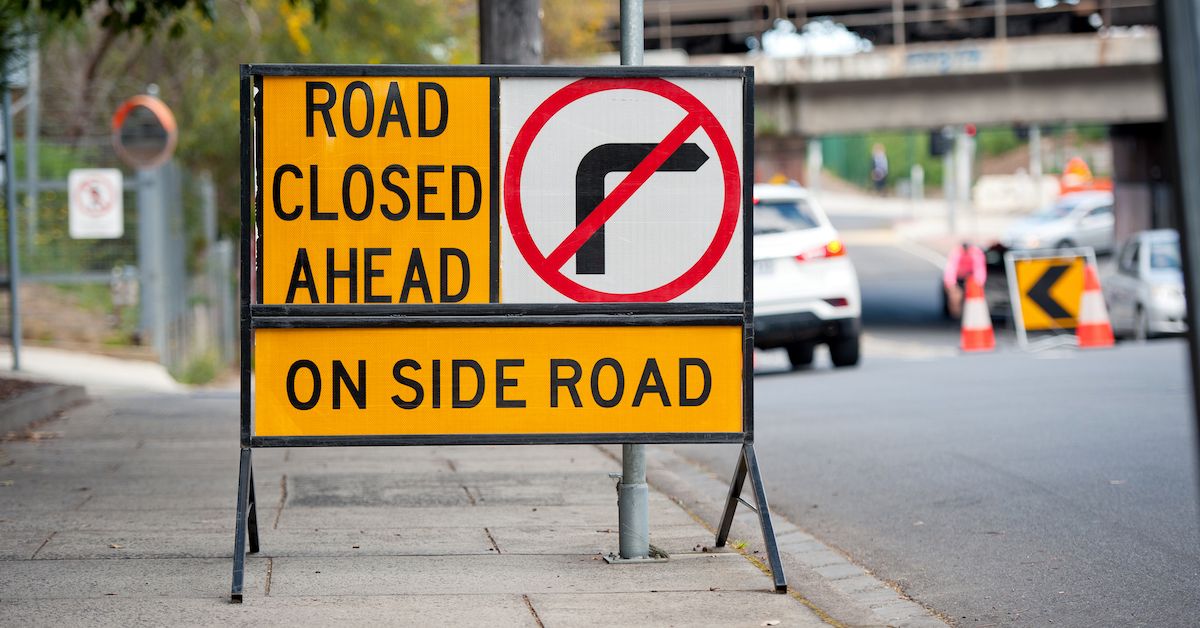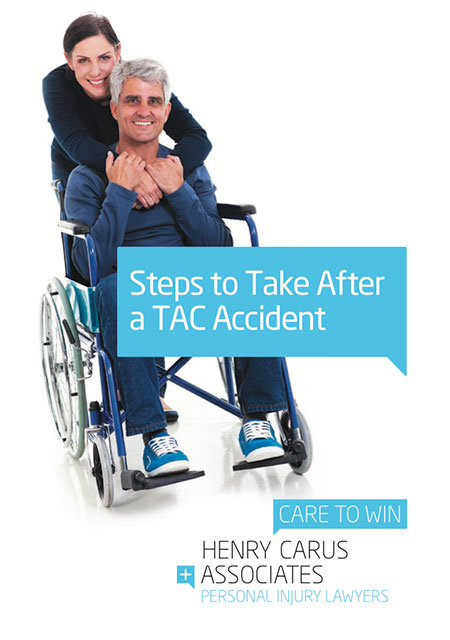
The Global Ministerial Conference on Road Safety concluded last month in Stockholm. One of the biggest challenges safety experts sought to address was motor vehicle accidents not stemming from human error, but the hundreds of thousands of people who are gravely injured or killed every day on roads that are poorly designed.
According to a report in The Sydney Morning Herald, over 102,000 people daily are injured in accidents on bad roads. Of those casualties, more than 3,600 per day don’t survive, which equates to approximately 1.35 million deaths annually in road-related crashes around the globe.
The International Road Assessment Program (iRAP) gathered data from Victoria’s Transport Accident Commission and other accident reporting agencies to compile these worldwide totals. The numbers tell a bleak story of the dangers that await drivers throughout the world when they set out on the road.
Understanding the Road Accidents Problem
Given the preponderance of collisions in which one or more drivers are at fault, it is easy for policymakers, accident investigators, and other parties to overlook the role road conditions can play in causing crashes. The focus on driver liability obscures road design and maintenance problems that increase the risk of serious transport accidents.
Some of the road design issues that result in serious accidents include:
- Curves without guardrails
- Missing or weathered road signs
- Inadequate or absent barriers between traffic in opposite directions
- Dirt, gravel, and other debris in the roadway
- Poor visibility for oncoming traffic due to landscape features, angle of sunlight, etc.
- Uneven lanes, which can result in handling issues during lane changes
- Issues with the construction or materials used in building the road, which could make cracks, potholes, and other damage more likely to form
- Poor grading, which creates slick conditions on the road surface
- Infrequent or lacklustre maintenance
Paying attention to the road and being able to adjust to conditions is a core part of drive school. However, errors in design often lead to unexpected safety threats.
In some cases the driver avoids other vehicles but ends up in a single-car collision. Other times, the driver may crash into another vehicle as a result of overcorrection or evasive manoeuvres to compensate for road hazards (a true “no-win” scenario). However, questions of fault aside, it is worth considering the impact of bad roads on driving habits.
Drivers Instinctively Adjust for Bad Roads, But Is It Enough?
There is almost certainly one road in your town where the driving is a little bit different. You may need to stray from the centre to avoid potholes. You might have to reduce speed significantly on a curve to adjust for visibility issues or debris in the road.
No matter the exact circumstances, road infrastructure defines how we drive. And, as a result, errors in design and construction present a threat with which drivers in the community must contend constantly.
The issue facing governments in Victoria and throughout Australia is how to make safe road infrastructure a priority with so many competing demands for public safety. Considering the data accrued by TAC, the cost savings of safer roads should be obvious.
When Dangerous Roads Hit, Who Pays?
Depending on the extent of injuries, Medicare claim costs after a car accident can be significant. Services Australia administers these payments, so why doesn’t the agency communicate with state and territory governments how much it’s paying in benefits to accident victims involving dangerous roads?
This step would surely demonstrate the cost of treating the effects of dangerous roads, rather than the problem itself. With a global daily cost of $6 billion USD, the Commonwealth isn’t the only country where improving road systems should result in major decreases in public and private outlays to treat accident victims.
Warning drivers about dangerous roads is clearly not enough. And, considering the toll in catastrophic injuries and deaths, action needs to happen on faulty road design sooner, not later.
The Real Cost of Road Dangers
Whether a dangerous road results in a single-car crash or a multi-vehicle accident, the consequences can be severe. According to iRAP data, some of the most common injuries in crashes related to road design are:
- Limb fractures
- Lacerations, abrasions, and contusions
- Whiplash and soft tissue damage to the neck and back
- Brain injury and head injury, from concussion to severe acquired brain injury
- Internal injuries
- Other bone fractures
- Dislocations
Unfortunately, a significant portion of accidents stemming from poor road designs result in the death of the driver and/or occupants.
What Can I Do If an Unsafe Road Caused My Accident?
The TAC is a no-fault insurance scheme. So, even if you believe you may be at fault for the accident (which, in a single-car crash, is most people’s natural assumption), you are still eligible for benefits.
However, if a dangerous road condition contributed to the crash, it may be in your best interest to speak to a lawyer before filing a claim.
Henry Carus + Associates has the knowledge and experience to undertake a complete investigation of the accident and determine who may be liable for the injuries you have suffered or for the loss of your loved one. With road design a growing problem, our team will examine the condition of the road closely for issues such as:
- Fissures, potholes, and other damage to the road surface
- Faded road markings
- Damaged or missing signage
- Exposed manhole covers
- Visibility issues impacting the flow of traffic
- Grading issues
- Uneven spacing between lanes
- Height and positioning of medians
The Henry Carus + Associates team will also note weather conditions at the time of the crash, in the event that design defects make the road dangerous to drive when wet or slick. And, in cases involving pedestrians, we will broaden our investigation of the road to include nearby crosswalks, sidewalks, and intersections.
Who Is Liable for Road Design Crashes?
The answer to this question will vary depending on where you are in the Commonwealth. For example, if you are in Melbourne, VicRoads is generally responsible for developing and maintaining freeways and arterial roads, but the City of Melbourne or LGA may be responsible for city streets and other local routes.
In addition, it is important to determine how and why the defective design was introduced:
- At the planning phase: Engineers, city planners, and others may fail to account for the impact of underlying soil, weather conditions, and other factors, as well as current traffic flow. In addition, they might overlook or ignore input and complaints from local residents.
- At the bidding phase: Construction companies and contractors have a duty to present accurate bids for their services, and the government agencies reviewing those bids have a duty to perform due diligence when evaluating bids. If, however, the contractor deliberately under-bids to win the contract or the government agency prioritizes cutting costs, the dangerous design could begin here.
- At the construction phase: Building a road requires clearing sometimes hundreds of miles of land. After the earthwork is complete, the foundation must be lain in layers of dirt and gravel. These operations are performed in conjunction with the building of storm drains and storm sewers to accommodate precipitation. Without a strong foundation and sufficient drainage, the road will fail and present a hazard.
- At the paving phase: Asphalt and concrete are made of sand and crushed rock, with binding materials called bitumen. Before paving, asphalt must be heated to the correct temperature (about 150 degrees Celsius) and evenly distributed to create the road surface. Failure to compact and spread the asphalt correctly can create issues with the roadway. Concrete, conversely, is molded and cut into slabs. If the slabs are uneven or the joints in between the slabs are too wide, the integrity of the road will suffer.
At multiple points in each of these phases, the road will be subject to inspection. You would think the majority of design or construction flaws would be discovered before a single car drives on the road, but sadly this is not the case. When inspectors overlook key errors, the work completed after that point suffers as well.
Who Is Liable in My Road Accident?
As part of the accident investigation, Henry Carus + Associates will determine the party or parties that may be responsible for the injuries and losses you’ve suffered. In so-called ‘typical’ car accident cases, this matter is generally quite straightforward: one driver may be completely at fault, or the drivers involved may share in the liability.
Accident cases involving dangerous roads are often significantly more complicated. This is due in part to the number and size of the possible defendants.
Potential parties who may be liable for the road that caused the accident include:
- Municipal authorities and government employees who designed and planned the road
- The contractor awarded the bid on the road construction project
- Subcontractors involved in the construction of the road, including those involved in building the foundation, storm drains, storm sewers, and other components
- The firm that paved or painted the road
- Companies involved in the construction of safety features, such as medians, guardrails, and more
- Road inspectors
- Agency or private workers responsible for cleanup and maintenance of the road
Depending on the nature of the defect, some or all of these parties may share in the liability for your accident injuries. Should you decide to take action against a government agency or one or more businesses, you need a law firm with the resources, experience, and tenacity to pursue the full compensation you deserve.
Contact Henry Carus + Associates Today
If you have been injured or lost a loved one due to poor road designs or a road defect, you may have recourse beyond TAC benefits. Personal injury lawsuits can help hold government agencies and private companies accountable for failing to design or maintain safe roads.
Your initial consultation with Henry Carus + Associates is 100% free and requires no obligation on your part. We serve clients at offices in Melbourne and throughout Victoria. To get started, please call us at 03 9001 1318 or complete our confidential online form.
 Call Us Today
Call Us Today



